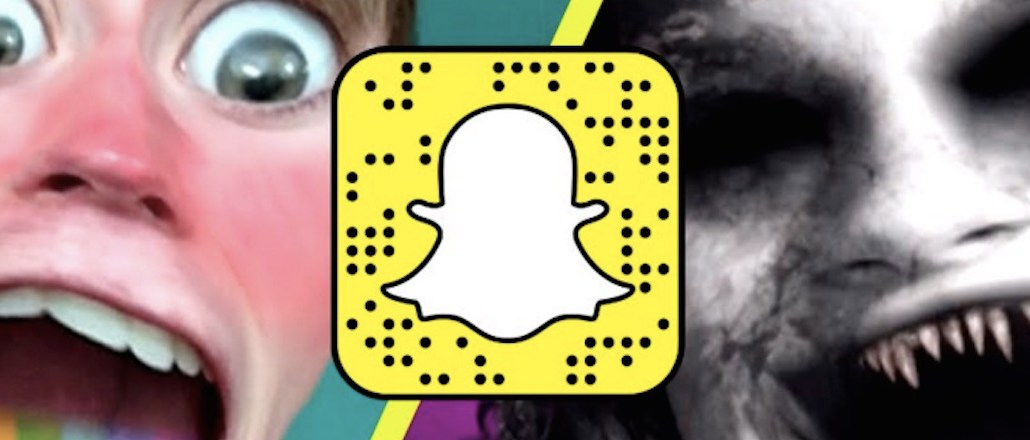Save 50% on a 3-month Digiday+ membership. Ends Dec 12.
Brands and agencies are already experimenting with on-demand Snapchat geofilters

Snapchat’s on-demand geofilters may only be days old, but they are already very much on marketers’ radars.
The new Snapchat option, launched early last week, opens its geofilters feature to the masses by letting people and businesses design their own geofilters for specific physical spaces during set periods of time — starting from just $5. Snapchat has been running more extensive campaigns with brands and retailers for branded geofilters since last year.
“Geofilters have always had huge value, but with on-demand geofilters, Snapchat has lowered the point of entry for everyone,” said Nick Cicero, founder and CEO of Delmondo.
And since they’ve built it, people are coming: Last Wednesday, just two days after the feature launched, Austin-based agency GSD&M was one of the first agencies to create its own custom geofilter. The agency’s filter featured its name and founding year in white and was available for its employees to use within its 140,000-square-foot office space between 9 a.m. and 5 p.m. Employees bonded over the filter and got creative. One popular move was to plop emoji passengers into the Southwest Airlines bench in the office. (Southwest is a client.)

“As soon as I heard the announcement on Monday, I wanted to try it out for us,” said Rye Clifton, director of experience at GSD&M. “I wanted to experiment on our own to be prepared for when we worked with clients.”
According to Snapchat, it can take up to a day for filter designs to be approved. Clifton and his team of designers got their filter approved by Snapchat within 15 minutes. Digital agency Blue Fountain Media got its own filter — running around their office block in Midtown Manhattan — within 20 minutes on Friday.
Blue Fountain’s custom filter consisted of the internal hashtag it uses for in-house HR initiatives — #bfmlife — along with a BFM logo as the backdrop. More important, it was an attempt to get its employees to get firsthand experience with what it expects to be an essential feature in marketing campaigns moving forward, according to Karina Welch, associate corporate marketing specialist at the agency.

“Our staff loved it, and we saw great engagement,” she said. “Over a hundred employees used it, and we had over 4,000 views.”
Brands were also quick to embrace the new format. IHOP, for instance, partnered directly with Snapchat to develop what they are calling “chain geofilters” on Friday, which target customers within IHOP restaurants. Customers using Snapchat while gorging on pancakes will be able to swipe for IHOP-themed overlays on the platform. The city of Los Angeles invites Snapchat users to use an “LA 2024 angel” overlay with their photos and videos from select L.A. neighborhoods where Olympic events may take place if the city wins its bid to host the 2024 Summer Olympics.
“Bigger brands have made significant investments in geofilters in the past, but with on-demand geofilters, we can expect a ton more short-term activations,” said Cicero.
“It makes a lot of sense for location-based events,” agreed Clifton. “I’d imagine a lot of marketers would experiment with it at SXSW this year.”
More in Marketing

‘We just did the math’: The new baseline for ad tech transparency
Ad execs said the industry is shifting toward a renewed transparency push driven as much by day-to-day operational pressure as by principle.

In Graphic Detail: Here’s what the creator economy is expected to look like in 2026
Digiday has charted its expected revenue, key platforms for creator content as well as what types of creators brands want to work with.

Ulta, Best Buy and Adidas dominate AI holiday shopping mentions
The brands that are seeing the biggest boost from this shift in consumer behavior are some of the biggest retailers.





